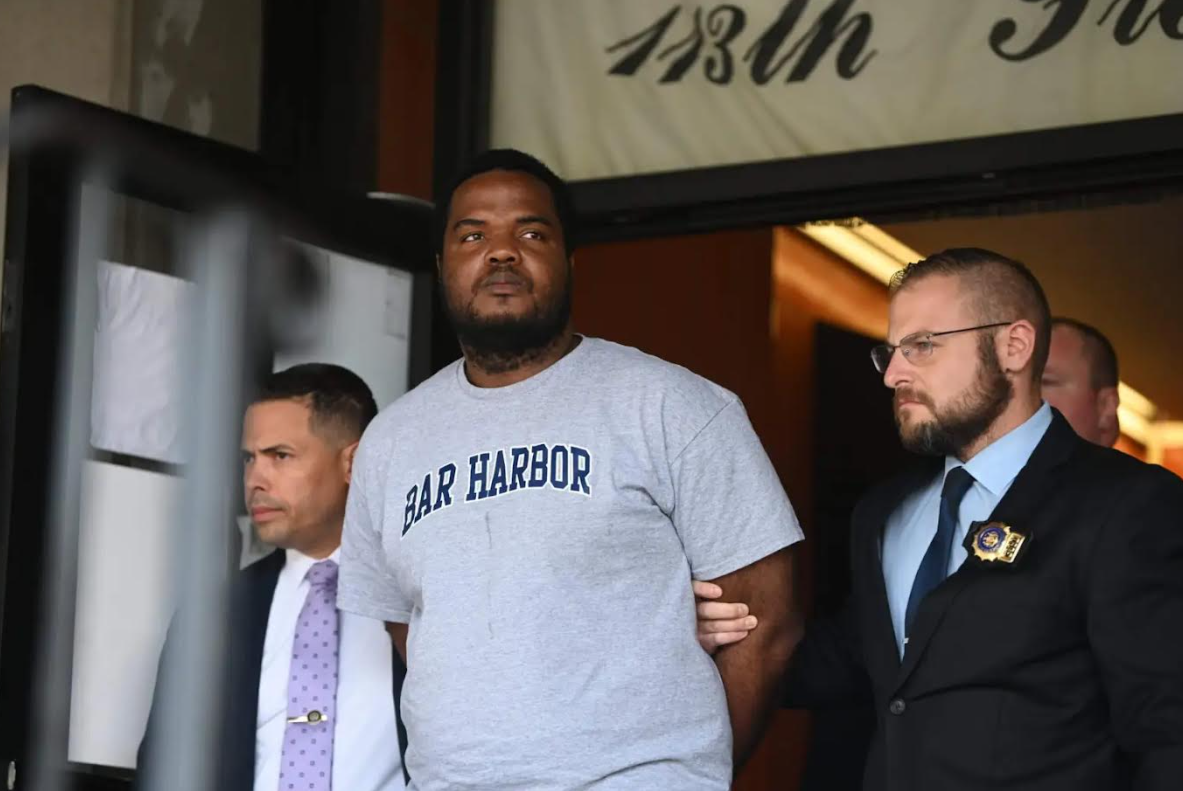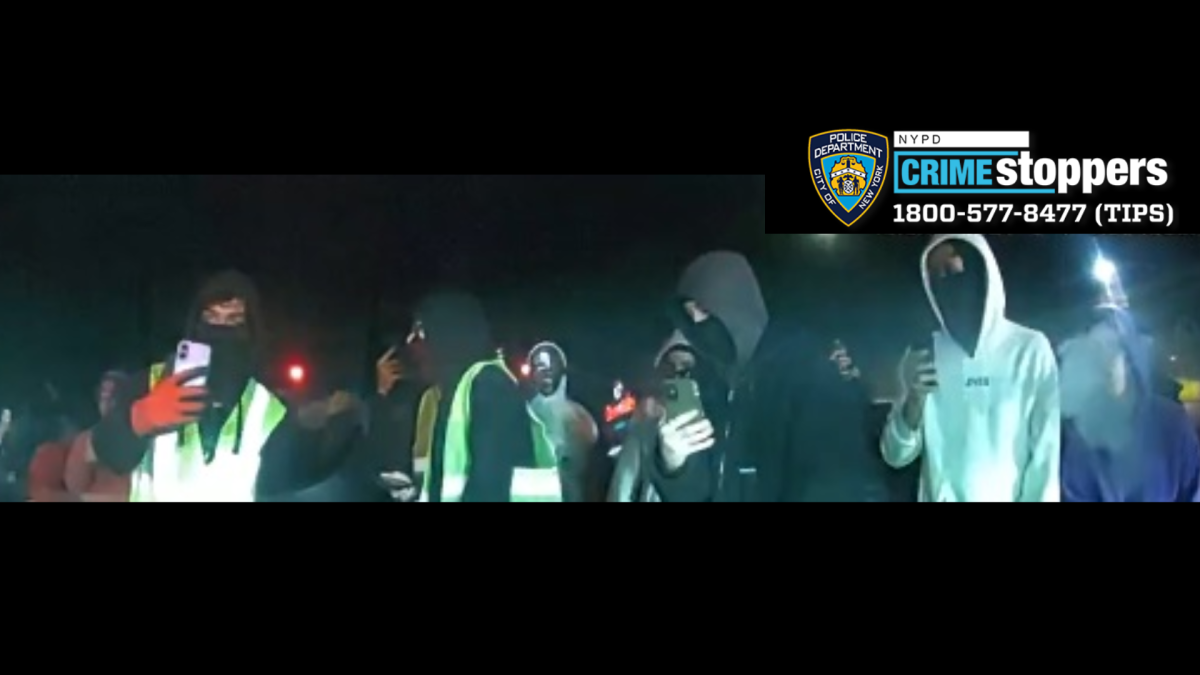BY LINCOLN ANDERSON | Although the real estate industry doesn’t want to hear it, there’s no doubt Superstorm Sandy has irreversibly changed the way we look at building on the waterfront. And that realization certainly also applies to the idea of building housing not just on the actual shoreline but out on piers — such as the Lower West Side’s Pier 40, which stretches 800 feet into the Hudson River.
Over the past year, the Hudson River Park Trust has been advocating to widen the range of possible uses allowed on the sprawling, 15-acre West Houston St. pier, in hopes of coming up with some viable, revenue-generating development options. Prominent among that mix of options is residential housing, which is not currently permitted under the Hudson River Park Act of 1998.
Earlier this year, an independent study by consultants of a range of potential uses for Pier 40 showed that market-rate residential housing — when compared with options like entertainment or commercial offices — would offer the best mix of high revenue with low impact on the pier and park.
But the idea of putting towers on the pier generated strong opposition in some quarters, notably from Assembly Member Deborah Glick. More recently, Pier 40 Champions, a coalition of Downtown area youth sports leagues, offered its own twist on the residential plan, proposing that the towers could be built not on the pier, but on parkland right at the foot of it.
Previous attempts at redeveloping Pier 40 — designated as the biggest “commercial node” in Hudson River Park, which is intended to be financially self-sustaining — have failed because, the Trust and park advocates maintain, the park’s legislation is too restrictive.
Meanwhile, Pier 40 has become a major economic drain on the park: The crumbling structure takes in $5 million in annual revenue from its parking operation, but, according to the Trust, costs $7 million a year just to maintain.
Before Sandy struck town, residential use was seen by many influential stakeholders as offering new hope. In fact, it still seems to be the case, with residential advocates not yet ready to abandon ship, as it were.
However, at hearings on Pier 40 earlier this year and in previous phone interviews with this newspaper, Glick repeatedly warned about what she saw as the perils of building so far out into the Hudson in an era of rapid climate change. A fierce critic, in general, of permitting residential use in Hudson River Park, she said that building on piers amid rising sea levels is simply asking for trouble.
Some, no doubt, dismissed Glick as being alarmist. But then Sandy slammed New York City with a shockingly high, 14-foot storm surge and her words were proved prophetic.
After Sandy, Glick suggested it’s time to start seriously thinking about whether there should be a ban on new construction in Zone A, the city’s mandatory evacuation zone during major storms and hurricanes, which includes the Lower West Side’s edge along the waterfront.
As for Pier 40 during Sandy, the storm surge topped its deck and filled its ground-floor level with four feet of the Hudson River. Some cars still parked on its lower level were deluged with salt water. However, Madelyn Wils, the Trust’s president, said Pier 40 parkers were all called beforehand and told to move their cars up to the three-story pier’s higher floors.
The pier’s most visible damage was to its enormous FieldTurf-covered playing field in the pier’s courtyard. While sloshed around by the river water, the gravel layer beneath the artificial turf became uneven in spots, while the turf itself was left stretched out into small hills and wrinkles in places.
Over all, Hudson River Park sustained $10 million in damage from the superstorm. Wils said that the park’s newer structures generally held up exceptionally well, while older structures sustained the most damage. One new structure, the Pier 25 playground in Tribeca, was nearly destroyed.
Repairs to the Pier 40 field started this week, thanks to the financial help of local sports programs and schools that use it. Downtown United Soccer Club, Greenwich Village Little League, P3, Xavier High School and Gotham Girls have committed a total of $50,000 out of the $52,500 cost of repairing the field, and nine other local leagues and schools have pledged or given smaller amounts.
While the repairs are underway, the larger question remains of whether residential housing either on or near Pier 40 is an idea that should now be off the table or is still a viable option, at least in the view of its advocates.
In an interview last week, Trust President Wils, when asked about the prospect of residential use on Pier 40, started by saying that the pier’s biggest problem right now is its old infrastructure and utilities. The pier is still currently being powered by two large, external generators.
That said, she went on to explain that when building new structures on the waterfront, the key is that “you build them to meet new conditions” — as in rising sea levels and storm surges.
“When you build new,” she said, “you’ve got to think about these things. Buildings Department regulations have to be reviewed, about how buildings are built on the waterfront. I don’t think that means that people don’t build on the water or close to the water — but they build differently.”
Specifically, she said, under current building codes, boilers and electrical structures are required to be sited in basements; if these were allowed to be installed at higher levels, possibly rooftops, properties would be better storm-proofed.
Giving the Mets’ new stadium in Willets Point as an example, Wils noted, “Citi Field is built six feet below the floodplain. The field is raised. The bottom of the stadium is solid, six feet tall all around. They built to the floodplain. You can build differently. When you build new, there are ways to build.”
Asked about Glick’s proposal to seriously consider a halt on all new construction in Zone A, Wils responded, “You should go to Rotterdam, and you should go to Amsterdam — they are below the floodplain. They have engineered a way to live there.”
Can a similar approach work in New York City, though, to safeguard new construction on the waterfront?
“There should be lots of lively discussions about this,” Wils asserted. “There are many, many ways to do it. We would not be the first to do it. I always thought this was an important subject, and now it’s become more important in the short term. Sandy was above the 100-year floodplain. Hopefully, we will come out stronger by dealing with this. Hopefully, what this storm has done will get the best minds thinking about how we change our building codes in the future and our infrastructure.”
Assuming the state Legislature conceivably does agree to modify the park act to allow residential use on the pier, it likely wouldn’t be before March.
Glick, for her part, said Sandy, unfortunately, proved her dire warnings were right on target.
“There’s more than one occasion where I have taken a cold comfort in my assessment — and that is true in many areas,” the Assembly Member noted
As for residential development on Pier 40, Glick said, beyond the fact that it’s currently illegal under the park act, Sandy now proves it just won’t work.
“It was never a good idea. This makes it less good,” she said of Sandy’s eye-opening impact. “Madelyn can continue to push for something that’s not allowed by law.”
On the other hand, Assembly Member Richard Gottfried over the past year became a convert to the idea of residential housing as a potential savior for Pier 40. A co-author of the Hudson River Park Act, it was Gottfried who wrote prohibitions against housing into the act. But he now says alternatives need to be looked at because, as he put it back in May, “The park’s extraordinary capital need is crippling the park.”
“It is important for the future of the whole park that the Hudson River Park Act should give the Trust a variety of options at Piers 76 [on W. 36th St.] and 40,” Gottfried said. “The Pier 40 Champions concept for building housing on the land adjacent to Pier 40 was an important idea before Sandy, and probably more important after Sandy. Anything built on the pier or on the nearby Zone A land — whether park benches, playing fields, parking garages or buildings — needs to take Sandy’s lessons into account in its engineering and design.”
Tobi Bergman, head of P3 (Pier, Park and Playground Association), part of the Pier 40 Champions coalition, expressed confidence that new construction can happen in Zone A, at least in Downtown Manhattan and at least for the foreseeable future.
But he added, “Clearly, future construction will need to be done differently. There will be new regulations regarding construction in vulnerable areas, and any construction on or in front of Pier 40 will have to comply.”
The bigger challenge is “to figure out how to protect existing vulnerable buildings, including those at Pier 40,” he noted.
Similarly, Arthur Schwartz, co-chairperson of Community Board 2’s Parks and Waterfront Committee, said, “I don’t believe that the storm means you abandon all construction in Zone A. That would be like telling people in Miami Beach and Fort Lauderdale that they should abandon their homes. The hurricane points to infrastructure problems — like the need for surge buffers of some sort — but also points the way to what I will call ‘rising-tide technology.’ Clearly, Battery Park City survived with a 30-year-old version of that technology. Their lights didn’t go out, and most buildings avoided being flooded.”
Simply, Battery Park City was built at an elevation higher than the shoreline.
“It’s better that this happened now, rather than after Pier 40 was developed,” Schwartz said.
Sandy has caused developer Douglas Durst to re-examine his alternative Pier 40 proposal. Three months ago, Durst, the chairperson of the Friends of Hudson River Park — the park’s private fundraising arm — announced a plan for a high-tech campus, plus automated, valet parking for the pier.
As a result of the superstorm flooding the pier’s playing field, Durst said what had merely been one of several design options in their proposal is now a firm component of it — namely, that the ball field would be raised up one level so that parking could be put underneath it. This move would preserve the fields from being damaged in future storms.
The ground-floor parking garage “would be sacrificial to potential flooding,” Durst explained though adding that in the event of a storm, “cars could be moved up” to a higher floor. A field can’t be moved, but cars can, he said.





































